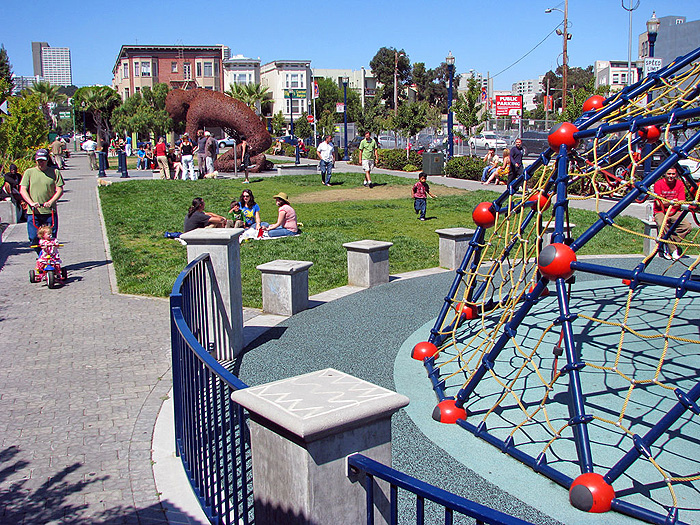
A little while back, I showed you West Street in New York that was once an elevated highway on the Hudson River. Here’s another example of a highway removal project in San Francisco where the elevated Central Freeway was torn down to create Octavia Boulevard. Just one more instance showing the benefits of highway removal such as proposed by the 8664.org campaign.
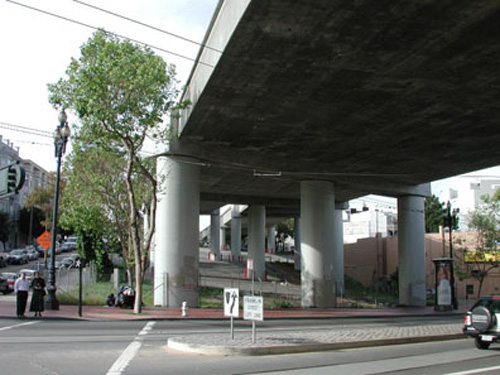
A portion of the Central Freeway in San Francisco was damaged in the 1989 Loma Prieta earthquake and was slated for removal. City leaders soon banned new highways in the area and a plan to create a surface level boulevard began to take shape in the mid-1990s.
A task force determined the boulevard configuration would slow through traffic in the area slightly but provide great benefits for local travel by connecting the new street to the existing street grid.
The State of California had wanted to keep the elevated highway in place by removing the damaged top, but local opposition to the highway began to emerge and the Mayor eventually signed on to the boulevard project. The battle continued on as another group fought in favor of a new highway and were successful in winning a ballot initiative to begin design on a new freeway.
The next year, another ballot initiative to remove the highway again reversed the decision, followed by more support and opposition to the highway locally. The highway opponents eventually won out and in 2005, the new Octavia Boulevard opened to the public.
It’s worth checking out PreserveNet’s complete history of the struggle to remove the highway and how the surrounding neighborhoods were rejuvenated by new housing and development.
Octavia Boulevard was built with a multiway design similar to Southern Parkway in Louisville with through traffic in the center and local traffic and parking separated by medians. It’s estimated that the new surface level boulevard carries more than 40,000 cars per day.
As you can see, the fight to remove a highway is not easy and involves many years of back and forth fighting. Even years after a highway began planning and design, San Francisco was able to successfully remove the highway and create a beautiful boulevard in the end.
Imagine how the Shippingport and Portland neighborhoods might look with a similar treatment. A new waterfront boulevard in Louisville replacing the elevated I-64 could bring similar benefits of local access to these neighborhoods which are currently passed by between 22nd Street and Ninth Street.
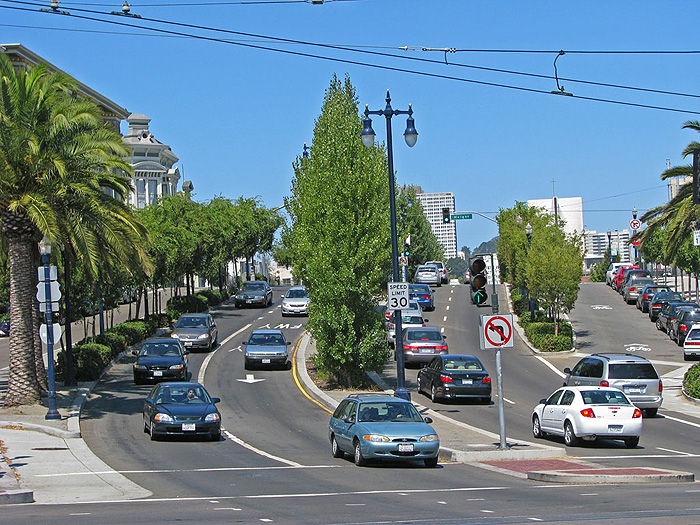
Highway removal might prove the best solution for revitalizing Shippingport and Portland. Here’s some info on the positive economic development side effects of this highway removal from the Congress for the New Urbanism:
Before the destruction of the Central Freeway, condominium prices in the Hayes Valley neighborhood were 66% of San Francisco average prices. However, after the demolition and subsequent replacement with the new Octavia Boulevard, prices grew to 91% of city average. Beyond this, the most dramatic increases were seen in the areas nearest to the new boulevard. Furthermore, residents noted a significant change in the nature of the commercial establishments in the area. Where it had been previously populated by liquor stores and mechanic shops, soon the area was teeming with trendy restaurants and high-end boutiques.
While this example represents a smaller example of highway removal than 8664.org is proposing (thanks to enlightened highway fighters in the 1960s), it illustrates the benefits of proper urban design and transportation planning can have on an urban neighborhood.


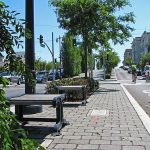
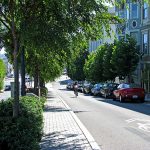
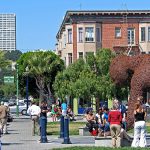
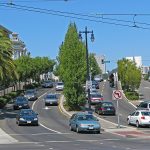

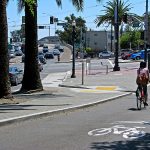

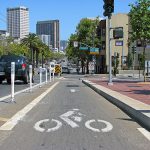
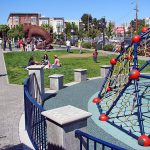

Thanks for beating this drum by incisively, photographically demonstrating for Louisville what a proposed Waterfront Boulevard could look like in the footprint of the elevated I-64 from Spaghetti Junction westward.
it was good the highway was removed — the resulting boulevard, if that's what they're calling it, is a bit of a disaster itself. so the result is probably 'slightly less worse overall' than was the highway.
it could have been done a lot better — and this is important because self-described advocates are running around all over the place trying to put in planters and trees and anything that separates cars to allow them to speed up — well, that's what Octavia Boulevard is — so it's a bit of a nightmare for cyclists and pedestrians. so, before you try to plant medians and trees and grass and plants and whatnot — decide, are plants more important, or people?
san francisco continues to choose plants, and we have one of the leading pedestrian death rates in the US to prove it, but it doesn't have to remain this way forever, and Louisville can chart their own course — no need to follow us into the abyss.
Thanks for the observations, Peter. I agree it kind of defeats the purpose of the improvement if the new street is treated as a sort of speedway and it's unfortunate that SF example isn't living up to its full potential.
Hopefully a boulevard in Louisville can learn from all of these examples and really enhance the area. Like you mention, Peter, the good news in the end is that the highway was removed.